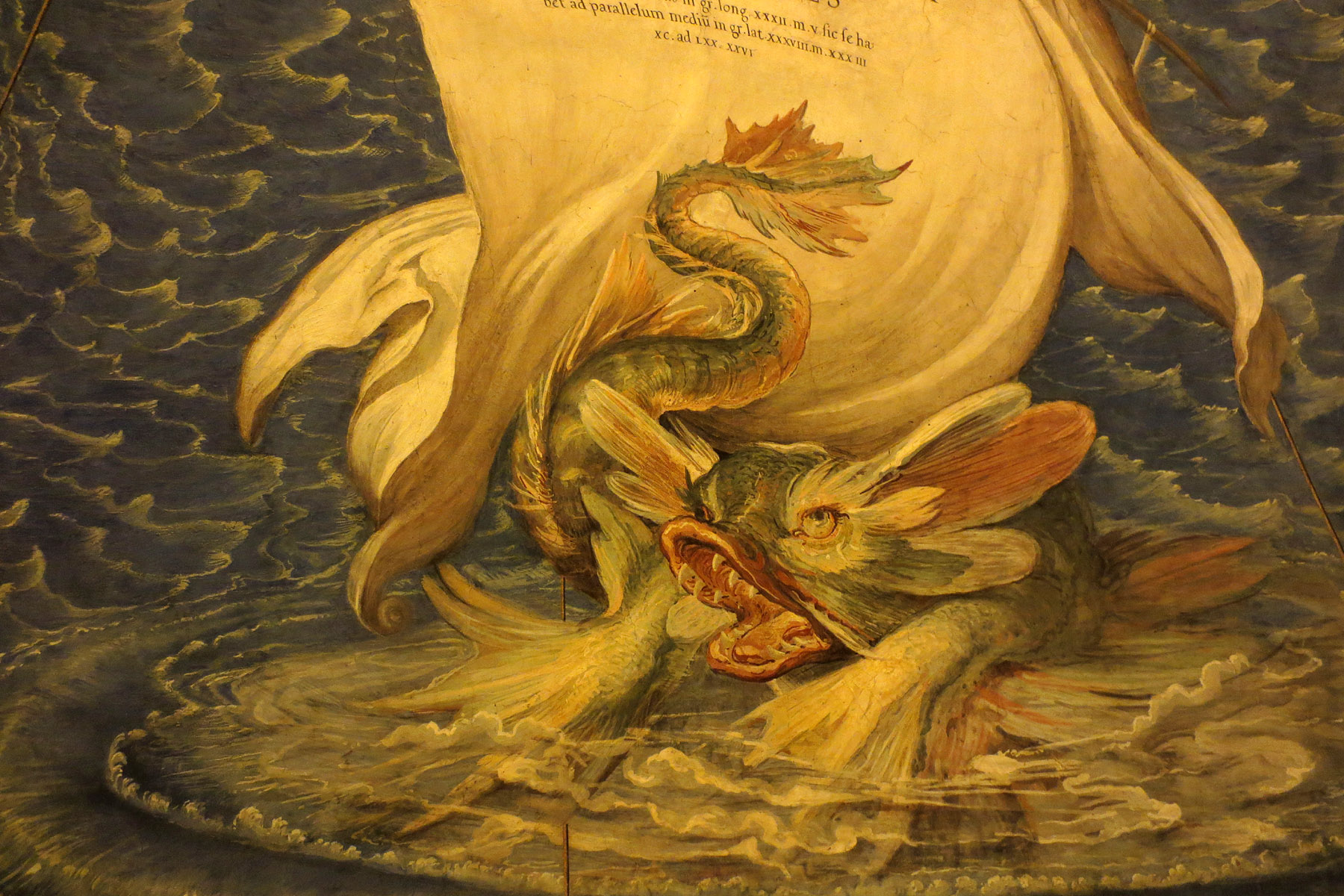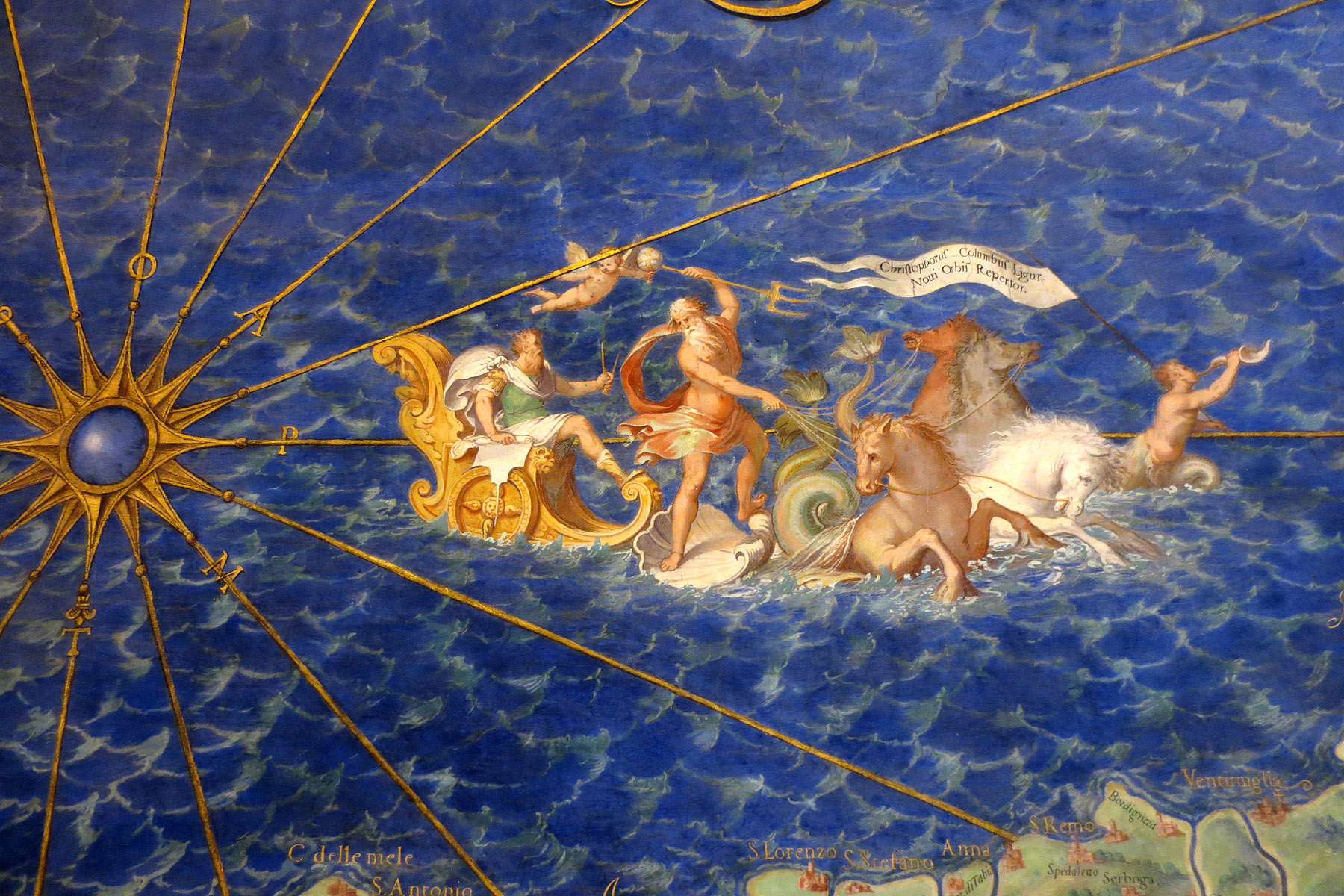Jealousy. Jardim, Portuguese for garden.
I hope I’m not the only one thinking that the wasp in the background is clearly coveting the fig that the butterfly is feeding on, in my garden’s fig tree. This is of course an excuse to show you this gorgeous and unmistakable butterfly, Charaxes jasius (foxy emperor). It’s a large butterfly that occurs in the Mediterranean region and in Africa. The adults can often be seen during summer sucking the liquids out of overripe fruits. The common Portuguese name for this butterfly is “borboleta-do-medronheiro”, which means “butterfly of the strawberry tree” referring to the larvae’s main host plant.
Click for full size!
© Nightjar, all rights reserved.



















